The Perfect Fit: A Complete Overview of Flooring Options for Your Home
Flooring plays a vital role in the overall design and functionality of any space. It has the power to transform the look and feel of a room, enhancing its aesthetics and contributing to the comfort of its occupants. With a plethora of flooring options available in the market, choosing the right type can be a daunting task. In this article, we will explore different types of flooring, discussing their pros, cons, and common applications. Whether you’re renovating your home or building from scratch, understanding the characteristics of each flooring type will help you make an informed decision and create the perfect foundation for your interior design. So, let’s delve into the world of flooring and discover the ideal flooring options for different areas of your home.
1. Luxury Vinyl Tile (LVT) or Luxury Vinyl Plank (LVP)
Luxury Vinyl Tile (LVT) and Luxury Vinyl Plank (LVP) have gained immense popularity in recent years due to their remarkable durability, affordability, and wide range of design options. LVT/LVP flooring is constructed with multiple layers, including a wear layer, a printed design layer, and a resilient core layer. This layered composition gives it exceptional resistance to scratches, dents, and stains, making it an ideal choice for high-traffic areas and homes with children or pets.
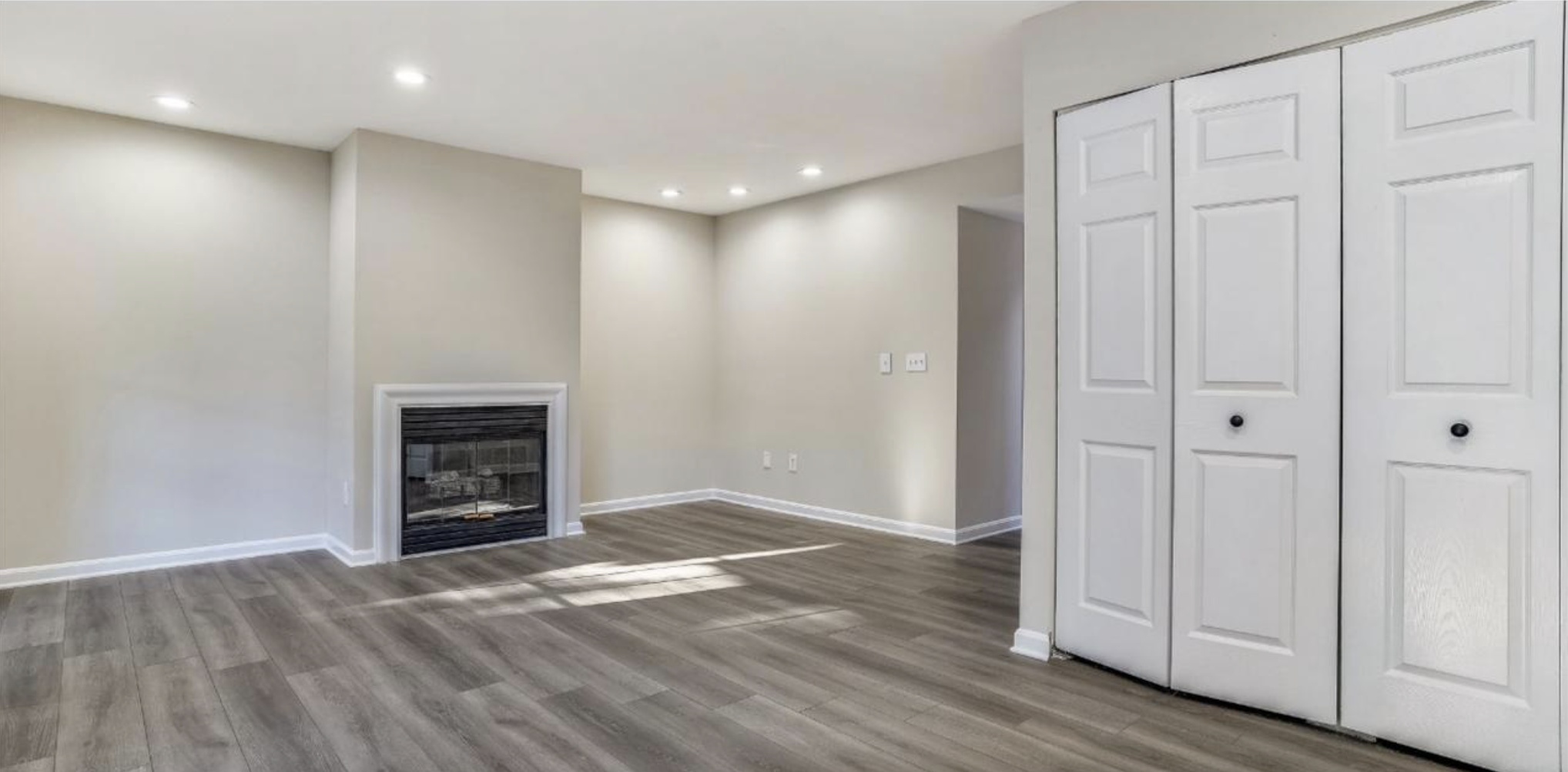
One of the significant advantages of LVT/LVP is its ability to mimic the appearance of natural materials like hardwood, stone, or tile at a lower cost. You can find LVT/LVP flooring in various colors, patterns, and textures, allowing you to achieve the desired aesthetic for your space. Additionally, LVT/LVP is known for its easy installation, as it often comes with a click-and-lock system, eliminating the need for adhesives.
While LVT/LVP offers numerous benefits, it’s essential to consider a few drawbacks as well. Although highly durable, it may not match the lifespan of traditional hardwood or tile flooring. Moreover, in extreme temperature conditions, LVT/LVP can be susceptible to expansion and contraction. Therefore, it’s crucial to follow proper installation guidelines and acclimate the flooring to the room’s environment beforehand.
Common applications for LVT/LVP include kitchens, bathrooms, entryways, and basements. Its water-resistant properties make it suitable for areas prone to moisture, such as bathrooms and kitchens. LVT/LVP is also an excellent choice for homeowners seeking a cost-effective flooring solution without compromising on style or durability.
2. Hardwood Flooring
Hardwood flooring has long been revered for its timeless beauty and natural warmth. It adds a touch of elegance and sophistication to any space, making it a popular choice among homeowners. Hardwood floors are made from solid wood planks cut from a single piece of timber, offering unmatched durability and longevity.
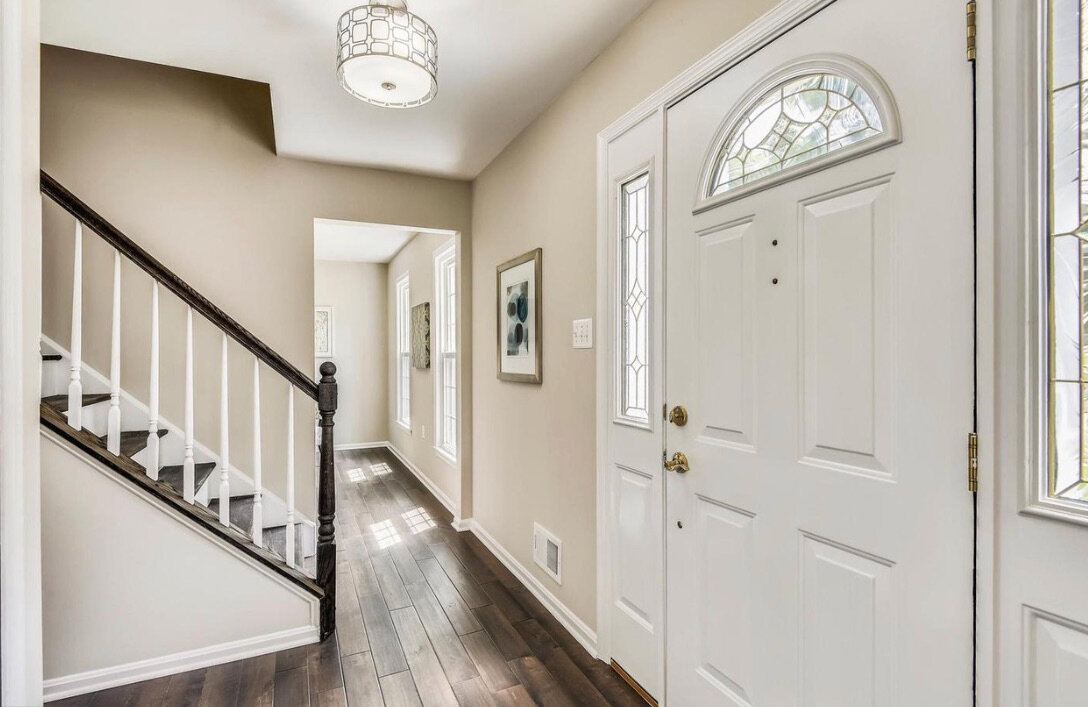
One of the most significant advantages of hardwood flooring is its ability to be refinished. Over time, hardwood floors may acquire scratches, dents, or lose their luster. However, with proper care and maintenance, they can be sanded down and refinished to restore their original beauty. This feature makes hardwood flooring a great long-term investment.
In terms of aesthetic appeal, hardwood flooring offers a wide variety of species, finishes, and stains to choose from. Whether you prefer the classic charm of oak or the exotic allure of Brazilian cherry, there’s a hardwood option to suit your style and preferences. Additionally, hardwood floors age gracefully, developing a rich patina that adds character and value to your home.
While hardwood flooring has numerous benefits, it’s important to consider a few drawbacks as well. One primary concern is its susceptibility to moisture. Excessive exposure to water can cause warping, swelling, or cupping of the wood. Therefore, hardwood floors may not be the best choice for areas with high humidity or potential water spills, such as bathrooms or basements. Additionally, hardwood floors can be more prone to scratches and dents compared to other flooring types, requiring periodic maintenance and careful handling.
Hardwood flooring is commonly used in living rooms, bedrooms, dining areas, and hallways, where its natural beauty can shine. It creates a warm and inviting atmosphere while adding value to your home. If you’re seeking a flooring option that exudes elegance and can be tailored to your preferences, hardwood flooring is an excellent choice.
3. Engineered Hardwood Flooring
Engineered hardwood flooring offers a practical alternative to traditional hardwood flooring while still capturing the natural beauty of wood. It is constructed by layering real wood veneers on top of a plywood or high-density fiberboard (HDF) core, providing enhanced stability and resistance to moisture compared to solid hardwood.
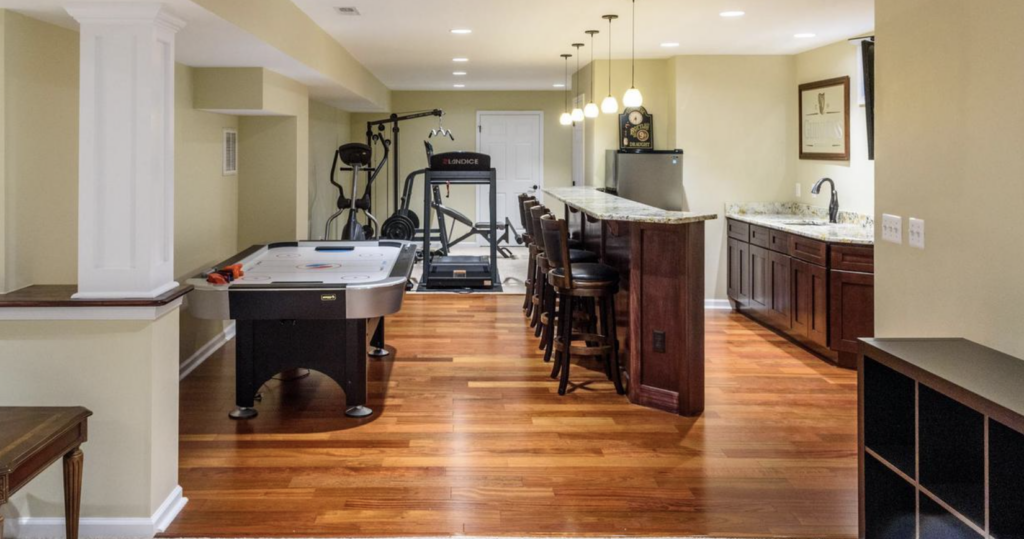
One of the key advantages of engineered hardwood floors is their versatility in different environments. Unlike solid hardwood, engineered hardwood is less prone to expanding and contracting due to changes in temperature and humidity. This makes it suitable for installation in areas with fluctuating moisture levels, such as basements or kitchens.
Engineered hardwood flooring also offers a wide range of species, finishes, and styles, allowing you to achieve the desired look for your space. Whether you prefer the rustic charm of distressed oak or the sleek elegance of maple, there’s an engineered hardwood option to suit your taste. Additionally, some engineered hardwood floors can be sanded and refinished, albeit to a lesser extent than solid hardwood, providing a degree of longevity and the ability to refresh the surface as needed.
While engineered hardwood offers several benefits, it’s important to consider a few considerations. While it provides enhanced moisture resistance compared to solid hardwood, it is still vulnerable to prolonged exposure to water. Therefore, it’s important to clean up spills promptly and avoid installing it in areas prone to excessive moisture, such as bathrooms or laundry rooms. Additionally, the thickness of the top veneer layer can vary among different engineered hardwood products, affecting the number of times the floor can be sanded and refinished.
Common applications for engineered hardwood flooring include living areas, bedrooms, and even below-grade installations. Its stability and resistance to moisture make it a popular choice for homeowners seeking the beauty of hardwood with added durability and versatility.
4. Sand and Finish Hardwood Flooring
Sand and finish hardwood floors offer a customizable and unique flooring option. This process involves installing unfinished hardwood planks and then sanding, staining, and applying a protective finish on-site to achieve the desired look.
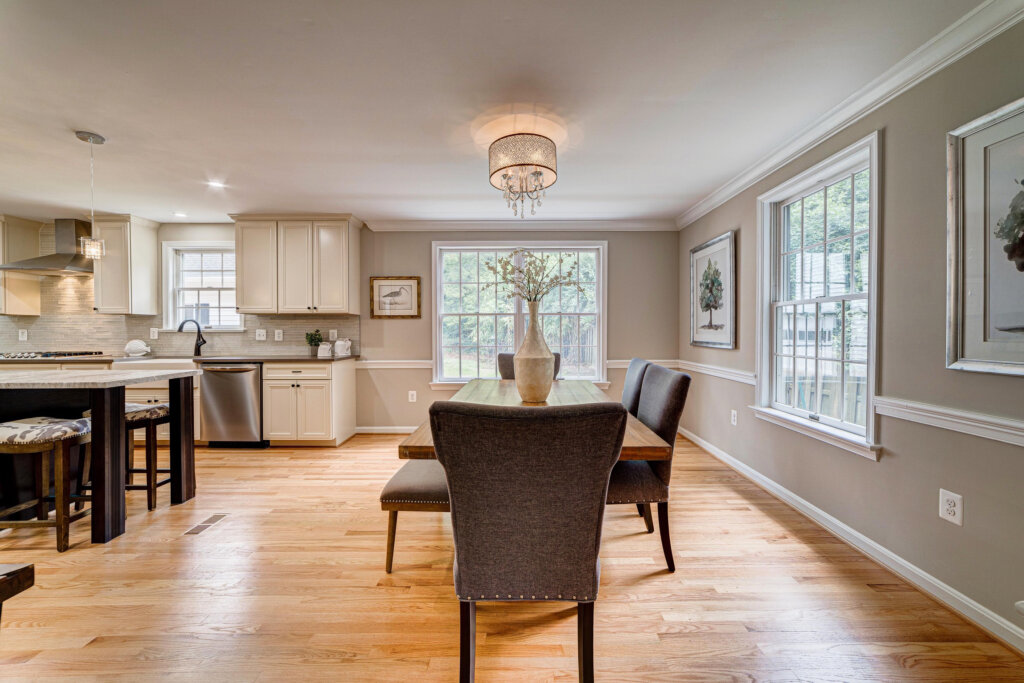
One of the significant advantages of sand and finish hardwood floors is the ability to customize the appearance to suit your preferences. With a wide range of stain colors and finish options available, you have the flexibility to achieve a personalized look that complements your interior design style. Additionally, sanding and finishing can help repair minor scratches, dents, or imperfections, revitalizing the overall appearance of the floor.
By sanding the hardwood floor, you can achieve a smooth and level surface, ensuring a seamless and cohesive look throughout the space. The protective finish adds durability and resistance to everyday wear and tear, making the floor more resilient to scratches, stains, and moisture.
It’s important to note that the sand and finish process requires professional expertise and specialized equipment. Hiring a professional flooring contractor is recommended to ensure proper execution and optimal results. They will ensure the floor is sanded evenly, the chosen stain is applied correctly, and the protective finish is applied with precision.
While sand and finish hardwood floors offer a highly customizable and unique flooring option, there are a few considerations to keep in mind. The process can be more time-consuming and disruptive compared to installing prefinished hardwood or other types of flooring. It may require vacating the space temporarily to allow for proper sanding, staining, and finishing. Additionally, the cost of sand and finish hardwood floors may be higher due to the labor-intensive nature of the process.
Sand and finish hardwood floors are commonly used in various areas of the home, including living rooms, kitchens, dining areas, and bedrooms. If you desire a flooring option that allows for personalization and a seamless, uniform look, sand and finish hardwood floors can provide the ideal solution.
5. Refinishing Existing Hardwood Flooring
Refinishing floors is a process that involves sanding down the existing hardwood floor’s surface, removing scratches, stains, and imperfections, and applying a new finish to restore its beauty. It is a cost-effective way to breathe new life into worn-out or outdated hardwood floors, rejuvenating their appearance and extending their lifespan.

One of the primary benefits of refinishing floors is the ability to transform the look of your space without the need for complete floor replacement. Whether you want to change the stain color, repair minor damages, or simply refresh the finish, refinishing allows you to achieve a customized result. It provides an opportunity to update your interior design style or restore the floor’s original charm.
The refinishing process typically involves several steps. First, the existing finish is stripped away by sanding the floor surface. This removes any scratches, dents, or unevenness, preparing the floor for a new finish. Once the sanding is complete, the floor is thoroughly cleaned to remove any dust or debris. Then, a new stain color is applied, followed by layers of protective finish to enhance durability and aesthetics.
Refinishing floors can significantly improve the overall value and appeal of your home. It allows you to maintain the natural beauty of hardwood while addressing signs of wear and tear. By refinishing, you can enjoy a fresh, like-new floor surface without the expense and hassle of installing new flooring.
It’s important to note that not all hardwood floors are suitable for refinishing. The thickness of the hardwood layer plays a crucial role in determining whether refinishing is feasible. Thicker hardwood floors generally allow for multiple refinishing cycles, while thinner floors may have limitations. Consulting with a professional flooring contractor can help assess whether your floor is suitable for refinishing and guide you through the process.
Regular maintenance and care can help prolong the time between refinishing projects. Preventive measures such as using protective pads on furniture, avoiding excessive moisture exposure, and promptly addressing spills can help preserve the condition of your refinished floors.
Refinishing floors is a cost-effective solution for homeowners looking to revitalize their existing hardwood floors. It offers the opportunity to customize the appearance and restore the floor’s original beauty, breathing new life into your living space.
6. Laminate Flooring
Laminate flooring is a versatile and cost-effective option that provides the look of hardwood, stone, or tile at a fraction of the cost. It is composed of multiple layers, including a durable wear layer, a high-resolution printed design layer, and a stable core layer. Laminate floors are known for their durability, ease of installation, and low maintenance requirements.
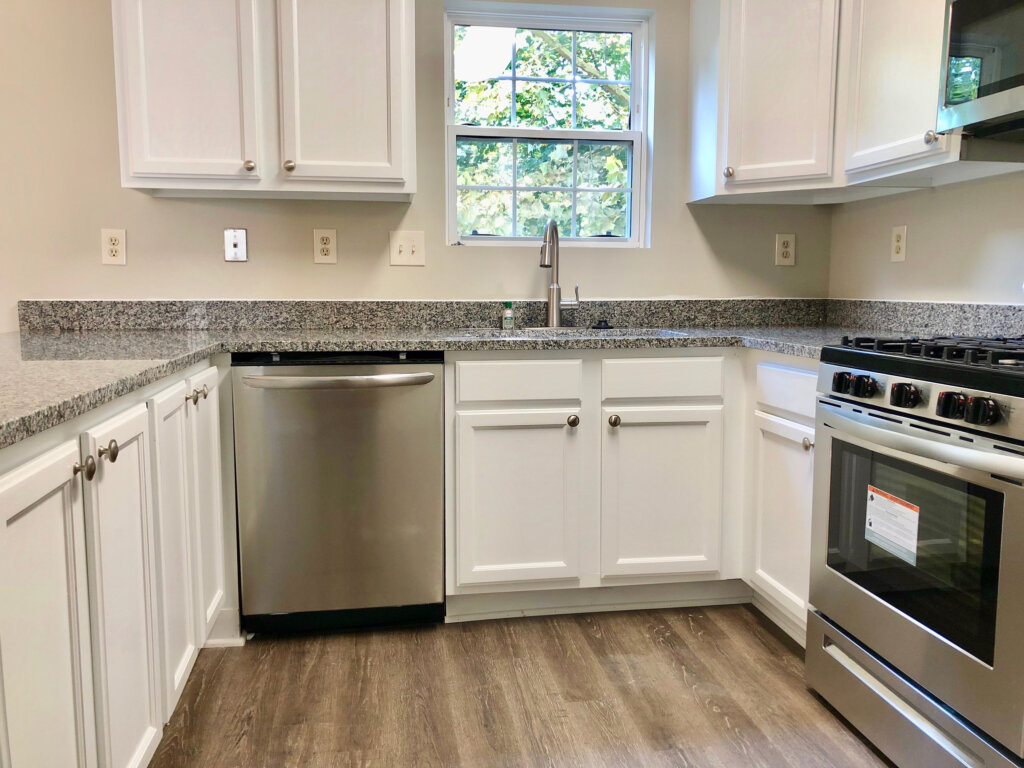
One of the primary advantages of laminate flooring is its exceptional resistance to scratches, stains, and fading. The wear layer protects the surface from everyday wear and tear, making it an excellent choice for high-traffic areas and homes with children or pets. Laminate flooring is also highly resistant to moisture, making it suitable for areas where traditional hardwood or carpet may not be ideal, such as bathrooms or kitchens.
Laminate floors are available in a wide range of styles, colors, and textures, allowing you to achieve the desired aesthetic for your space. Whether you prefer the look of oak, maple, or a modern tile design, there’s a laminate option to suit your taste. Additionally, laminate flooring is designed with a click-and-lock installation system, making it a popular choice for DIY enthusiasts or those seeking a quick and hassle-free installation process.
While laminate flooring offers numerous benefits, it’s important to consider a few factors. Unlike hardwood or engineered hardwood, laminate flooring cannot be sanded or refinished. Once the wear layer is damaged or worn out, the entire plank may need to be replaced. Additionally, laminate floors can be more prone to moisture damage if water penetrates the joints or edges. Therefore, it’s essential to promptly clean up spills and avoid excessive water exposure.
Regular cleaning with a damp mop or vacuuming with a soft brush attachment can help maintain the appearance of laminate floors. Avoid using abrasive cleaners or excessive water, as they may damage the surface or cause swelling.
Laminate flooring is commonly used in living rooms, dining areas, bedrooms, and even commercial spaces. Its affordability, durability, and wide range of design options make it a popular choice for those seeking an attractive and budget-friendly flooring solution.
Laminate flooring offers a cost-effective and versatile option for homeowners looking for the beauty of hardwood or tile without the high price tag. Its durability, easy installation, and wide range of design options make it a practical choice for various applications.
7. Carpet
Carpet is a popular flooring choice known for its softness, warmth, and sound-absorbing properties. It comes in a variety of materials, styles, and weights, each offering unique characteristics and benefits. Understanding the different weights of carpet is crucial in determining its durability and suitability for specific areas in your home.
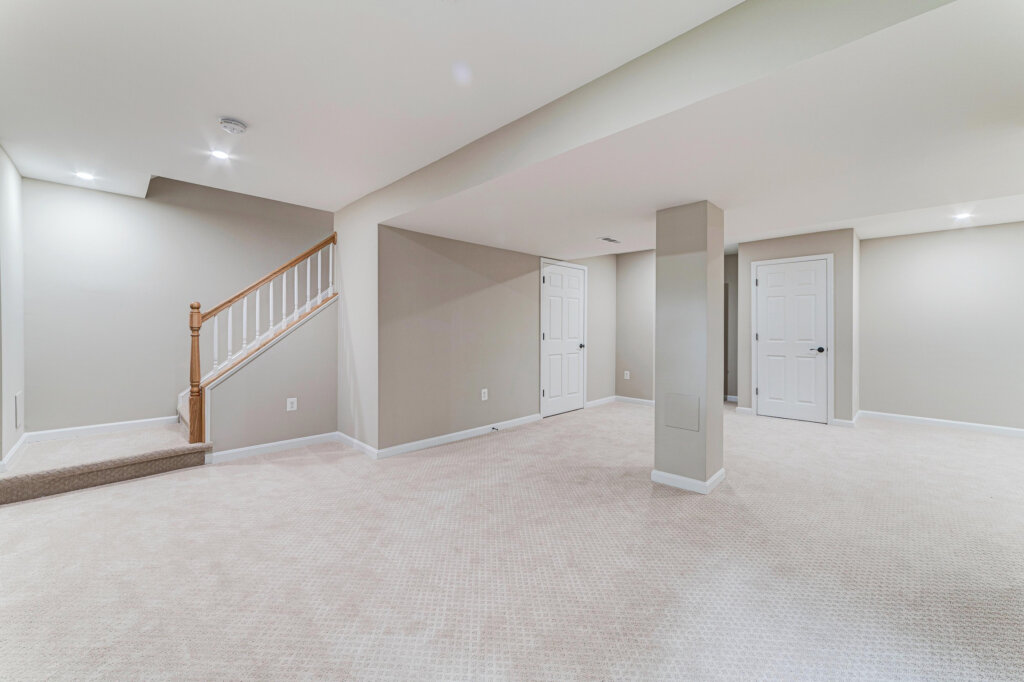
Carpet weight is measured in ounces per square yard (oz/yd²) and typically ranges from 20 oz/yd² to 80 oz/yd² or more. The weight of the carpet refers to the amount of fiber used in its construction, with higher weights indicating denser and more robust carpeting.
One of the advantages of carpet is its ability to provide comfort and insulation, making it ideal for bedrooms, family rooms, basements, and areas where you want a cozy underfoot feel. The cushioning effect of carpet can also help reduce noise transmission between floors and provide a safer surface for children to play on.
When it comes to carpet weight, there are different considerations based on the area’s foot traffic. For high-traffic areas, it’s recommended to choose a higher carpet weight as it offers better resilience and durability against wear and tear. On the other hand, lower weight carpets can be suitable for low-traffic areas such as guest rooms or formal living rooms.
It’s important to note that carpet weight is not the sole factor determining durability. Other factors such as the carpet fiber type, twist level, and construction also contribute to its overall performance. Nylon and polyester are commonly used carpet fibers known for their durability and stain resistance.
Regular maintenance and professional cleaning are essential to keep your carpet looking its best. Vacuuming regularly and addressing spills promptly can help extend the lifespan of your carpet and maintain its appearance.
Carpet is a versatile flooring option that offers a range of styles, colors, and textures to complement your home decor. By considering the weight of the carpet, you can ensure you select the appropriate option for different areas in your home, providing both comfort and durability.
8. Ceramic Tile and Porcelain Tile
Ceramic and porcelain tiles are popular choices for homeowners seeking durable and visually appealing flooring options. While both are made from clay and fired at high temperatures, there are differences in their composition and performance that are important to consider when selecting the right tile for your space.
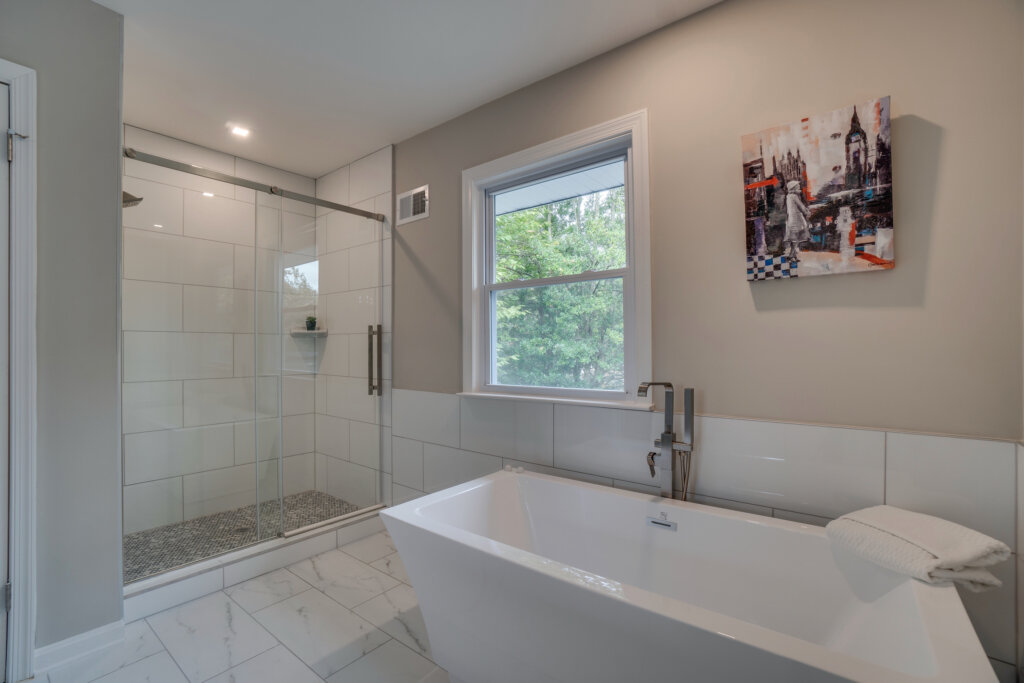
Ceramic tiles are made from a mixture of clay, minerals, and water. They are typically less dense than porcelain tiles and have a lower water absorption rate. Ceramic tiles offer a wide range of design options, including various colors, patterns, and textures. They are suitable for both indoor and outdoor applications and are commonly used in areas such as kitchens, bathrooms, and entryways.
Porcelain tiles, on the other hand, are made from finer clay and fired at higher temperatures, making them denser and more durable than ceramic tiles. They have a lower water absorption rate, which means they are highly resistant to moisture, stains, and scratches. Porcelain tiles are available in a variety of styles, including ones that mimic the look of natural stone, wood, or concrete. They are a popular choice for high-traffic areas, commercial spaces, and outdoor applications due to their exceptional durability and low maintenance requirements.
When choosing between ceramic and porcelain tiles, consider the specific needs of your space. If you’re looking for a cost-effective option with a wide range of design choices for areas with moderate foot traffic, ceramic tiles may be suitable. However, if you require a highly durable, moisture-resistant option for areas prone to heavy use or exposure to water, such as bathrooms or kitchens, porcelain tiles are recommended.
Both ceramic and porcelain tiles require proper installation to ensure their longevity and performance. Hiring a professional tile installer is advisable to ensure the tiles are correctly laid, and the appropriate adhesive and grout are used. Regular cleaning and maintenance, such as sweeping or vacuuming and occasional damp mopping, will help keep your tile floors looking their best.
Ceramic and porcelain tiles offer durable and aesthetically pleasing flooring options for various spaces in your home. Understanding their differences and selecting the appropriate tile based on your specific needs will help you achieve a beautiful and functional floor.
Contact MaxHousePrice for Your Flooring Needs
Choosing the right flooring for your home is a crucial decision that impacts both the aesthetics and functionality of your living space. Whether you opt for luxury vinyl tile, hardwood, engineered hardwood floors, sand and finish hardwood floors, carpet, laminate, or ceramic/porcelain tile, each type of flooring has its unique advantages and considerations.
When selecting flooring, consider factors such as durability, maintenance requirements, design options, and suitability for specific areas in your home. It’s essential to weigh the pros and cons of each flooring type and align them with your lifestyle, budget, and personal preferences.
Remember, flooring is an investment in your home, and proper installation and maintenance are key to its longevity and performance. Hiring a professional flooring contractor can ensure the flooring is installed correctly, minimizing potential issues and maximizing the lifespan of your floors.
If you need assistance with your flooring, contact MaxHousePrice. Our team of experienced professionals is here to help you make informed decisions and achieve the beautiful and functional floors you desire. From providing expert advice on flooring options to delivering quality installation services, MaxHousePrice is your trusted partner for all your flooring needs.
Or, feel free to check out our Project Gallery, with lots of before and after’s to help inspire you with your renovation project!
